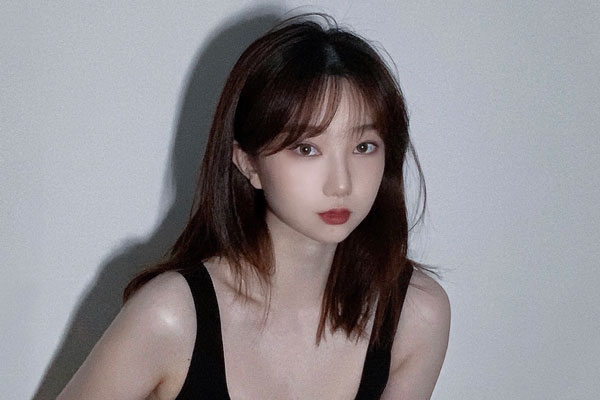
Interview
Xinyi Chen
1 Congratulations on winning the MUSE Design Awards! Can you introduce yourself and share about what inspired you to pursue design as a career?
Thank you! I’m a fashion designer who transitioned into this field after earning an MBA in 2021. I later studied at FIDM in Los Angeles, driven by a strong passion for design. What inspired me was the realization that clothing is not only a medium for beauty but also a language for identity, power, and emotion.
2 What does being recognized in the MUSE Design Awards mean to you?
It’s an incredible affirmation of both my personal journey and creative philosophy. Coming from a non-traditional background, being recognized by MUSE proves that fashion can be both emotionally powerful and intellectually rigorous. It motivates me to keep pushing boundaries in design.
3 How has this achievement impacted your career, team, or agency, and what opportunities has it brought so far?
This recognition has been a deeply personal encouragement. Coming from a non-traditional background, receiving a MUSE Design Awards gave me greater confidence in my direction as a designer. It’s also a meaningful milestone as I continue to build my creative voice and portfolio.
4 What role does experimentation play in your creative process? Can you share an example?
Experimentation is essential—it’s how I discover new ways to express complexity. For The Form of Power, I experimented with combining contrasting materials like velvet, leather, and mesh, which resulted in unexpected harmony. It allowed the garment to reflect multidimensional femininity.
5 What's the most unusual source of inspiration you've ever drawn from for a project?
One day, I noticed how I often crossed my legs and kept my arms close in public spaces, unconsciously making myself smaller. That moment led me to reflect on how social expectations shape posture—and how posture shapes design. I designed a silhouette that encouraged expansion instead of containment.
6 What’s one thing you wish more people understood about the design process?
It’s not just about visual aesthetics—it’s emotional, strategic, and often deeply personal. Every fold, seam, and proportion in a garment carries intention and often, a story.
7 How do you navigate the balance between meeting client expectations and staying true to your ideas?
I approach it as a dialogue, not a compromise. I listen carefully to the client’s needs and then reinterpret them through my vision. The best outcomes happen when mutual trust creates space for bold ideas.
8 What were the challenges you faced while working on your award-winning design, and how did you overcome them?
One of the main challenges was achieving a balance between structure and fluidity—especially when working with contrasting fabrics like leather, velvet, suiting wool, and mesh. Each material had its own behavior, and combining them without losing the visual harmony was technically demanding. I spent a lot of time testing seam techniques, layering orders, and proportions to make sure each piece held its shape while still allowing movement and lightness. It was a learning process, but also a very rewarding one.
9 How do you recharge your creativity when you hit a creative block?
I usually give myself space to pause without pressure. Sometimes I revisit textures, colors, or fabrics without an end goal—just to feel them again. I also turn to music, poetry, or visual art that evokes emotion. Rather than forcing ideas, I try to shift my focus back to why I started creating in the first place. That quiet reconnection with intuition often brings clarity.
10 What personal values or experiences do you infuse into your designs?
My designs reflect a belief in duality—rationality and emotion, strength and vulnerability. As someone who shifted careers, I have a deep understanding of transformation and identity, which fuels my approach to women’s fashion.
11 What is an advice that you would you give to aspiring designers aiming for success?
Take the time to understand what matters to you—not just aesthetically, but emotionally and ethically. Trends come and go, but a clear point of view lasts. Also, don’t be afraid to start from a non-traditional path. Your background is not a limitation—it can be your strength. Design is not a straight line, and success rarely comes instantly. Stay curious, stay honest, and build something that feels true to you.
12 If you could collaborate with any designer, past or present, who would it be and why?
I would choose Alexander McQueen. His work was fearless, emotionally raw, and structurally groundbreaking. What moves me most is how he turned personal pain, history, and cultural commentary into hauntingly beautiful garments. I deeply admire his ability to push the boundaries of fashion as both art and narrative.
13 What's one question you wish people would ask you about your work, and what's your answer?
Question: “What do you hope your designs make people feel?” Answer: I hope they feel seen. I want women to feel both powerful and understood—to wear something that aligns with their identity, not a stereotype.

